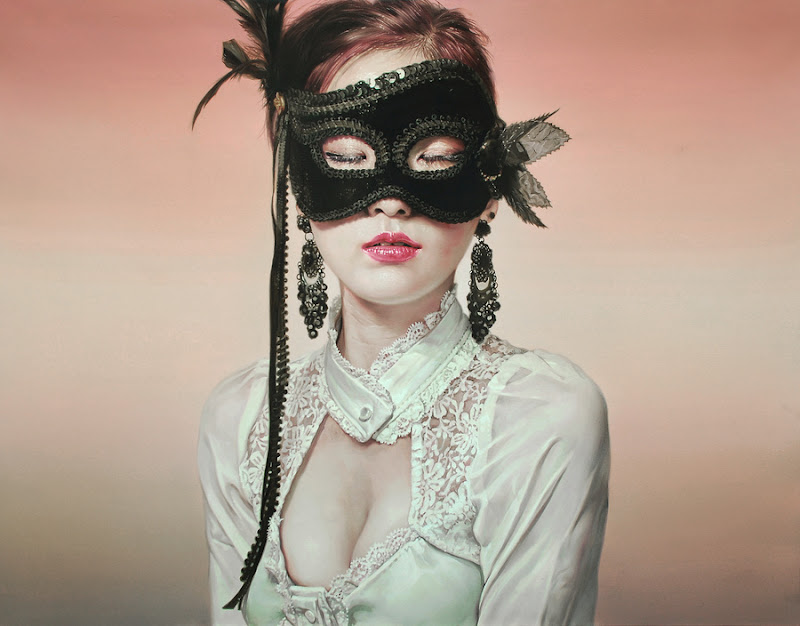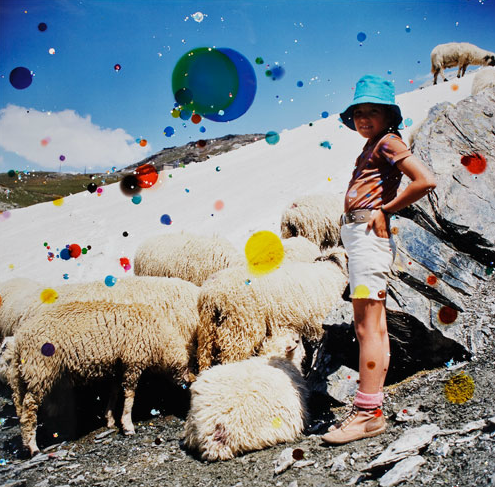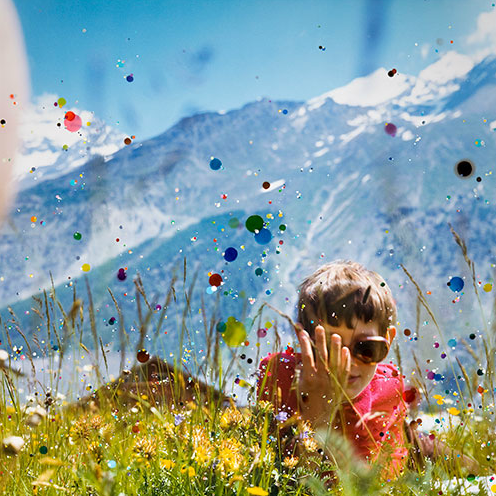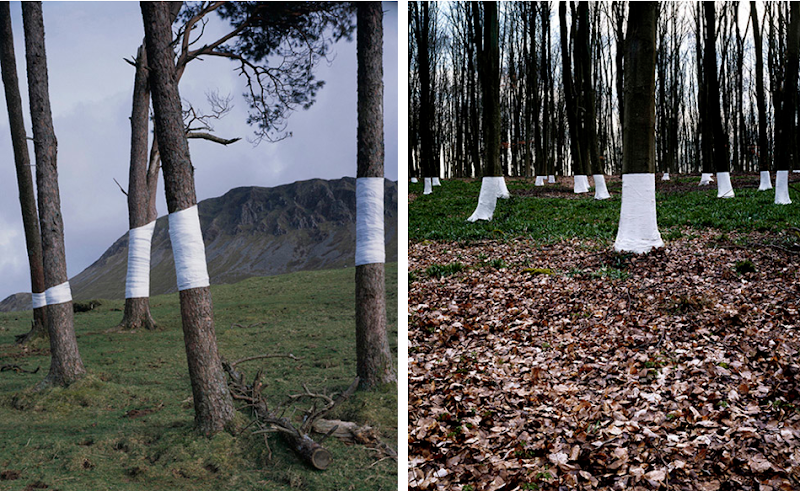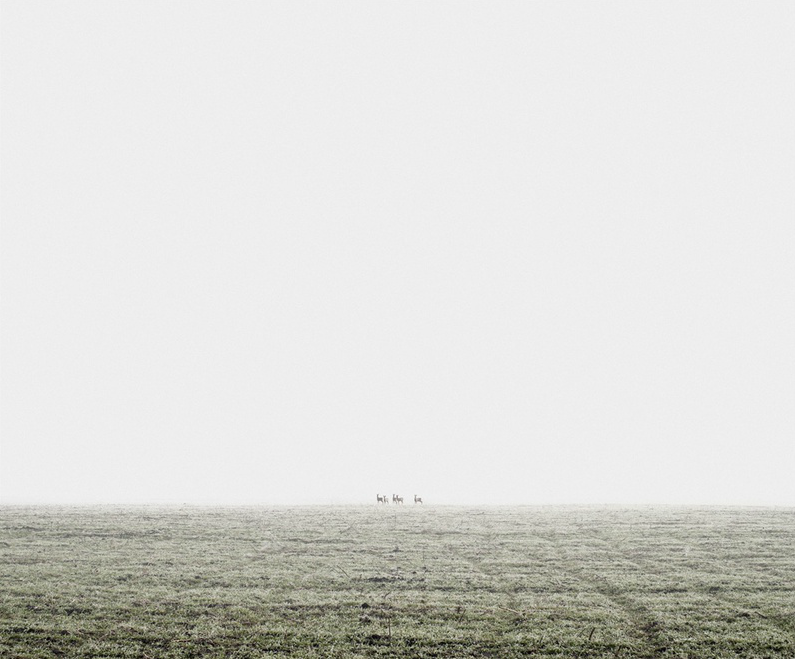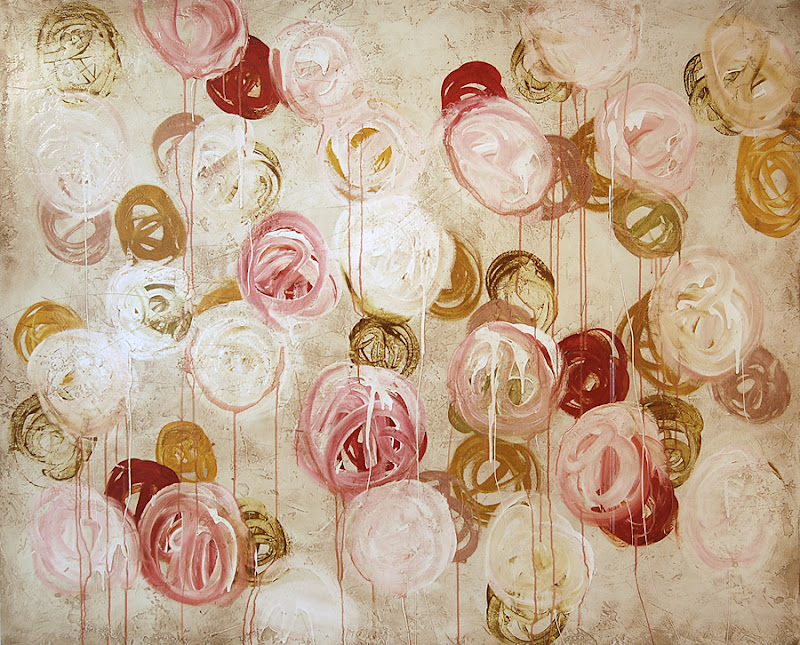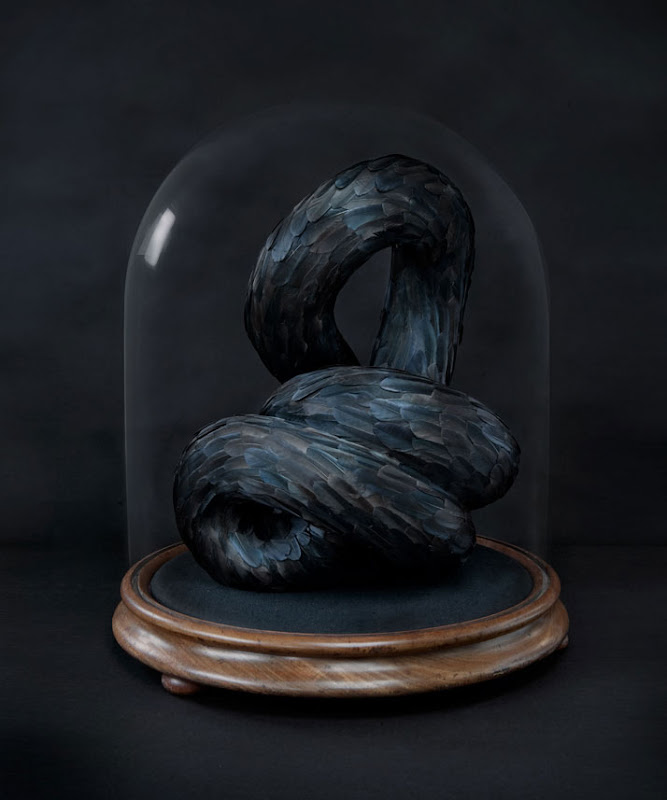RIUSUKE FUKAHORI /// GOLDFISH SALVATION
When struggling with artistic vision, Fukahori's pet goldfish became his inspiration and ever since his passion and lifelong theme. His unique style of painting uses acrylic on clear resin which is poured into containers, resulting in a three-dimensional appearance and lifelike vitality.
‘Kingyo Sukui’ normally means ‘Goldfish scooping’ in Japanese, but the artist uses a homonym Chinese letter to create an unique expression, which can be translated as 'Goldfish Salvation’. When distressed with his career as an artist Fukahori noticed the fish tank beside his bed which housed a goldfish he had for years. He looked down into the fish tank which he abandoned cleaning and was given a breathtaking shiver. In the dirty water the goldfish’s shiny red silhouette moved mysteriously and was extremely beautiful. Thinking to himself “I’m sure she will save me”, he took out his red paint and painted her figure, a moment later there was a large shoal of goldfish in front of him. This was the day he calls ‘Kingyo sukui’, the day he was saved by the goldfish.
“I will keep searching for the motivation for my activities as an artist and my identity through goldfish. While salvaged and suffered by goldfish, I will live with goldfish and stare at myself further.” - Riusuke Fukahori
Over the years the goldfish breeding business has reached an extreme, perfecting goldfish in a variety of colours and shapes, they are admired as beautiful objects like ‘living sculptures’. Fukahori’s brush strokes capturing the liveliness, delicacy and dynamics of the goldfish and his sculpture works create an illusion by using resin to captive the painted surfaces creating a truly ‘living sculpture’.
This video gives you a glimpse of his amazing painting process.
Artist Riusuke Fukahori's London debut exhibition "Goldfish Salvation" was held at ICN gallery from 1 December 2011 - 11 January 2012.
RIUSUKE FUKAHORI
BORN: 1973, Aichi, Japan.
1995 graduate of Aichi Prefectual University of Fine Arts and Music.
In 2000 he was inspired by a goldfish he owned for over 7 years and it has become the theme of his artworks ever since.
☁ RIUSUKE FUKAHORI @ ICN GALLERY
